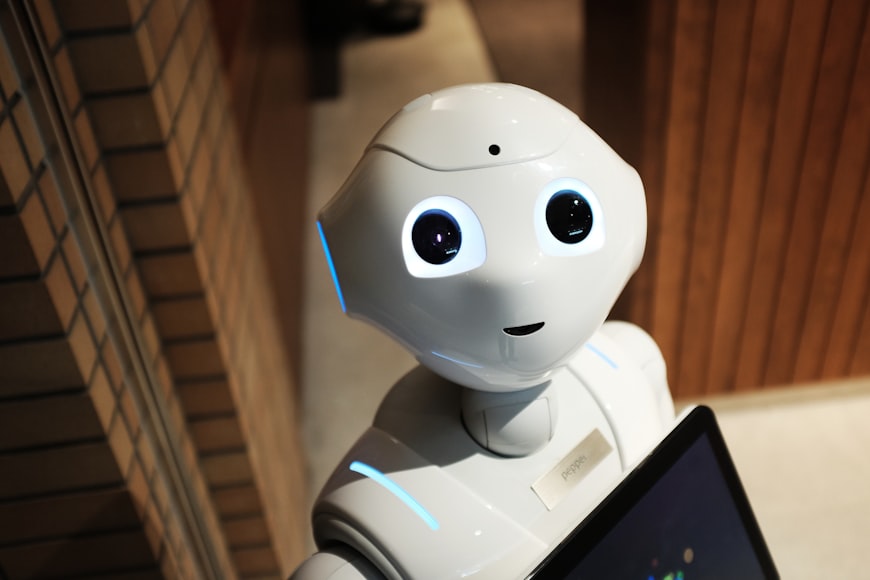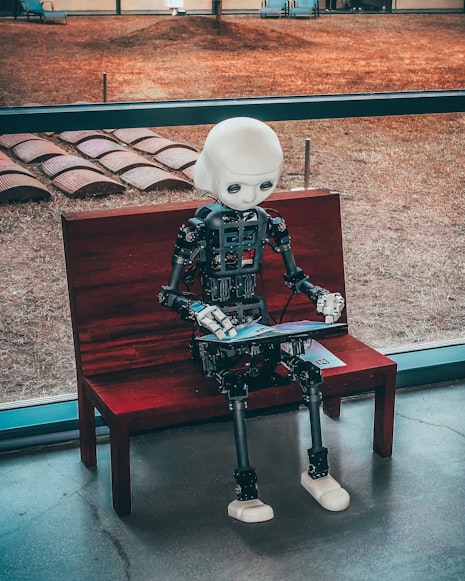Mechanical engineering is a fascinating field that involves the design, analysis, and production of machines, structures, and systems. If you’re a mechanical engineer or someone interested in the field, there are many interesting facts that you should know. Here are ten of them:

- The first mechanical calculator, called the Pascaline, was invented by Blaise Pascal in 1642. It could perform addition and subtraction.
- The steam engine, a crucial invention in the Industrial Revolution, was developed by James Watt in the 18th century. It transformed the way energy was produced and used, and paved the way for modern machinery.
- The first automobile was invented by Karl Benz in 1885. It was a three-wheeled vehicle powered by a gasoline engine.
- The Wright Brothers’ first flight in 1903 was made possible by their invention of the three-axis control system, which allowed them to steer their aircraft in flight.
- The Eiffel Tower, one of the world’s most famous structures, was designed by Gustave Eiffel for the 1889 World’s Fair in Paris. It was the tallest man-made structure in the world at the time.
- The first modern submarine, the USS Holland, was designed by John Holland in 1900. It used gasoline engines on the surface and electric motors underwater.
- The first jet engine was developed by Frank Whittle in 1937. It revolutionized aviation and paved the way for supersonic flight.
- The first successful heart transplant was performed by Dr. Christiaan Barnard in 1967. The artificial heart, a crucial component of the surgery, was developed by Robert Jarvik in 1982.
- The Mars Rover, which has explored the surface of Mars since 1996, was designed and built by a team of mechanical engineers at NASA’s Jet Propulsion Laboratory.
- The tallest building in the world, the Burj Khalifa in Dubai, was designed by Adrian Smith, a mechanical engineer. It stands at over 828 meters (2,716 feet) tall and has over 160 floors.
Mechanical engineering is a field that has transformed the world we live in, and these ten facts only scratch the surface of the many incredible achievements that mechanical engineers have made throughout history. Whether you’re a mechanical engineer or just interested in the field, there’s no shortage of fascinating stories to discover.



